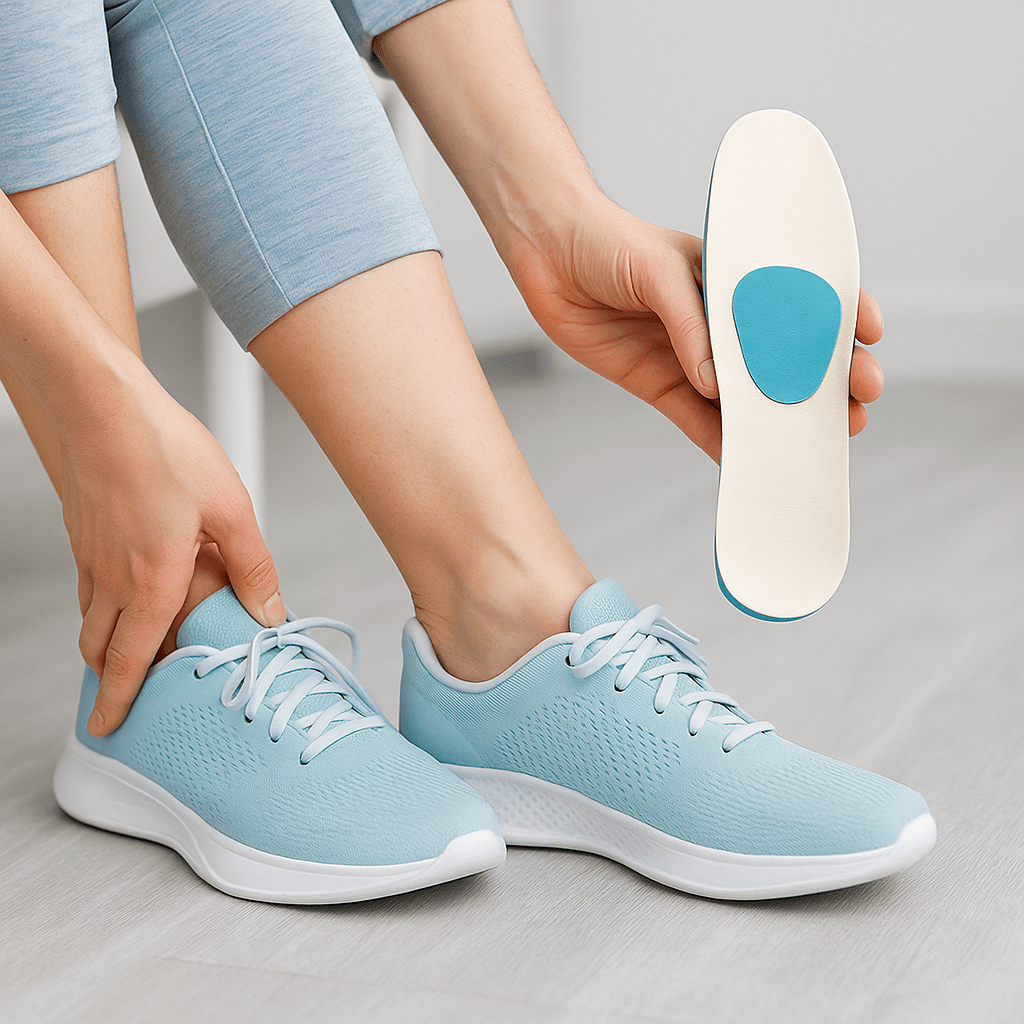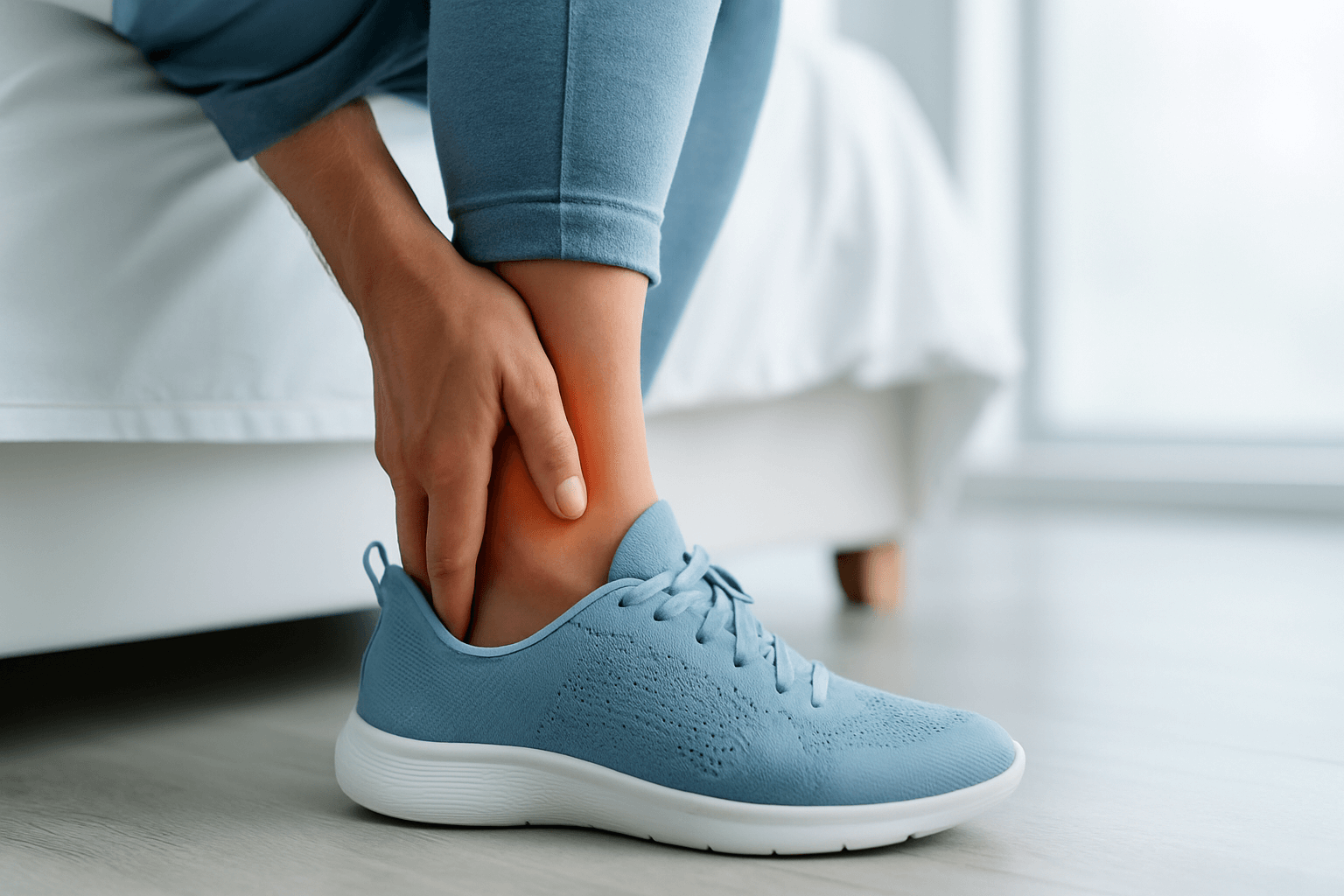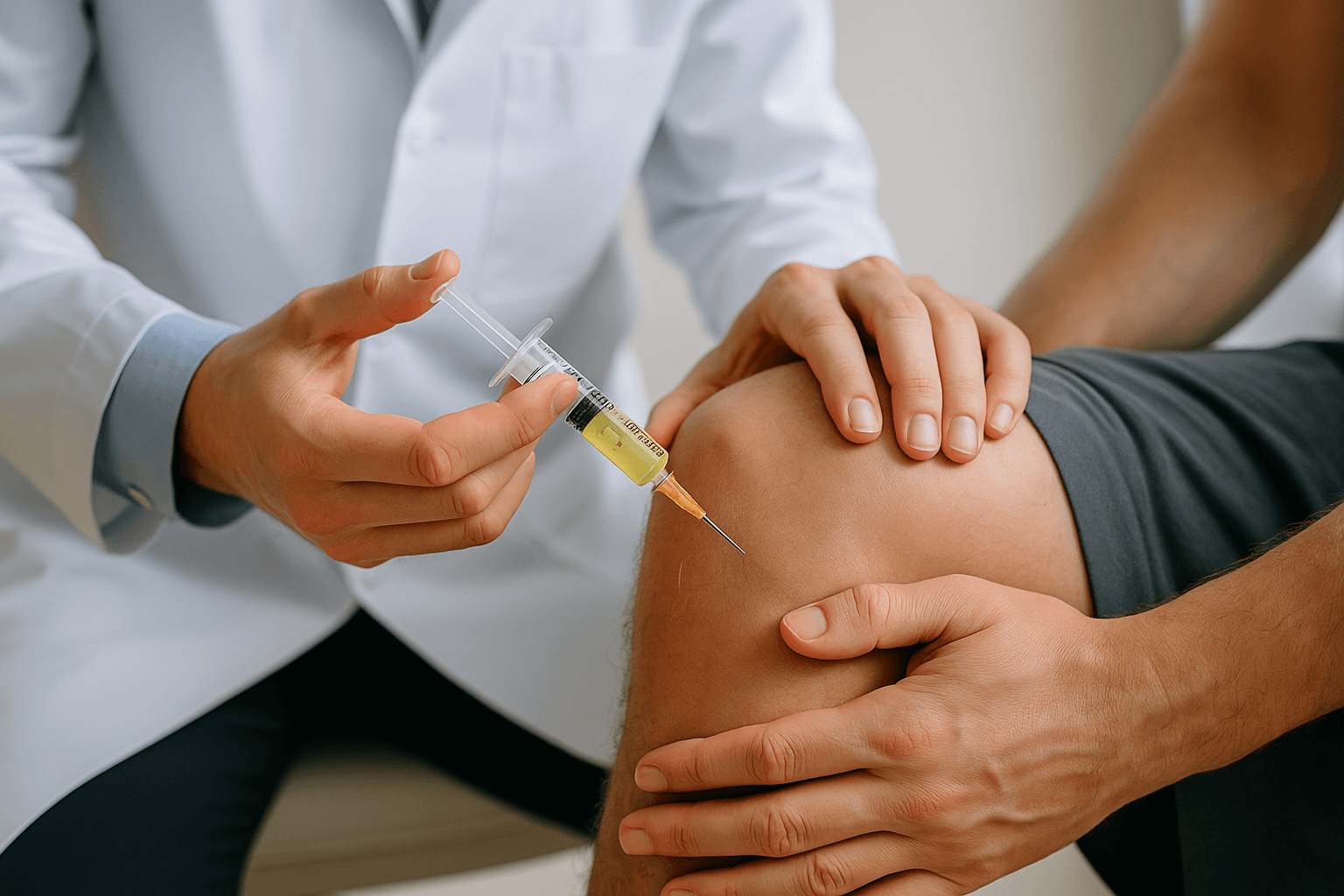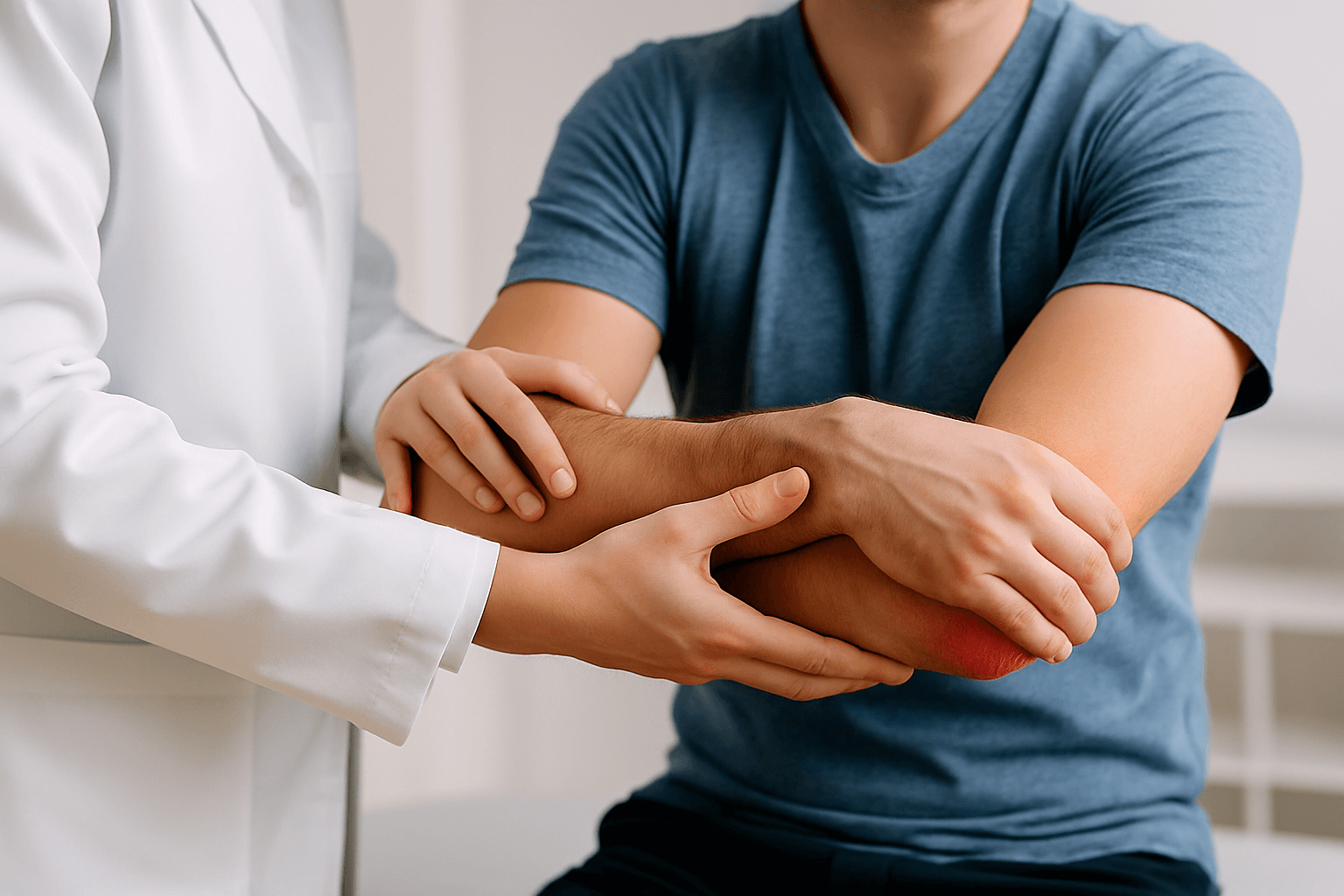
- Jun 21, 2025
- By TJICLondon
Do Insoles Help with Plantar Fasciitis? A Specialist’s Guide (UK Edition)
Plantar fasciitis is one of the most common causes of heel pain, particularly in adults who walk or stand for long hours. If you’re dealing with this condition, you’ve likely come across recommendations for insoles, orthotics, and footwear for plantar fasciitis — but what actually works?
At The Joint Injection Clinic in London, we regularly see patients asking whether they should invest in plantar fasciitis insoles, what kind of shoes to wear, and when medical intervention might be necessary. Here’s what you need to know.
Do Insoles Really Help with Plantar Fasciitis?
Yes — in many cases, plantar fasciitis insoles can help by:
-
Supporting the arch and reducing strain on the plantar fascia
-
Cushioning the heel to absorb impact
-
Improving foot alignment to prevent further irritation
While they won’t cure the condition alone, insoles often reduce pain and allow patients to return to normal activity more comfortably.
Over-the-Counter vs. Custom Orthotics
Over-the-counter insoles are affordable and easy to try, especially if your symptoms are mild. Look for ones with:
-
Firm arch support
-
Deep heel cup
-
Compatibility with your everyday footwear
For more severe or long-standing plantar fasciitis, you may benefit from custom orthotics, which are made to fit your specific foot structure and walking pattern.
What Kind of Shoes Are Best for Plantar Fasciitis?
The wrong footwear can make your symptoms worse. In fact, we see many cases triggered by flat shoes, worn-out trainers, or minimalist footwear.
Best shoes for plantar fasciitis typically have:
-
Arch support
-
Shock-absorbing soles
-
Roomy toe box
-
Supportive heel structure
Some of the best trainers for plantar fasciitis (UK brands) include models from Asics, Brooks, and New Balance - but the right shoe for you depends on your gait and foot shape.
For extra support, some patients also find plantar fasciitis socks helpful in reducing inflammation during the day or overnight.
When to Consider Medical Treatment
If pain persists despite quality insoles, proper footwear, and stretching, it’s time to consider a specialist assessment.
At The Joint Injection Clinic in London, we use ultrasound to confirm diagnosis and rule out a plantar fascia tear. We may also suggest:
-
Steroid injections to reduce inflammation and pain
-
Platelet-Rich Plasma (PRP) injections to stimulate healing naturally
These treatments are offered in a clinical setting and tailored to your individual case.
What Else Can Help?
Alongside footwear and insoles, daily routines matter. We recommend:
-
Stretching the calves and plantar fascia regularly
-
Avoiding walking barefoot on hard floors
-
Using a massage ball or frozen water bottle under the foot
Conclusion: Are Insoles Worth It for Plantar Fasciitis?
Yes - insoles are a simple, accessible tool for many people dealing with heel pain. Combined with proper footwear and basic home care, they can reduce symptoms significantly.
However, if pain persists, don’t wait. Get assessed by a medical professional to avoid long-term damage and return to pain-free movement faster.









